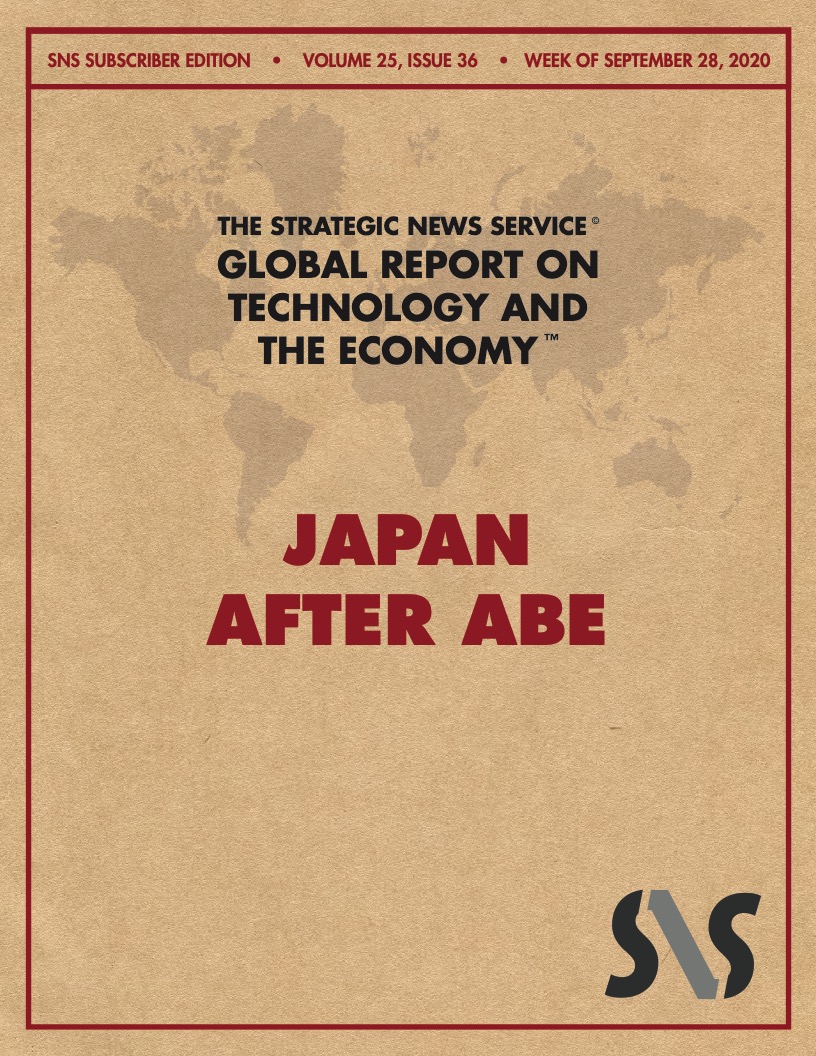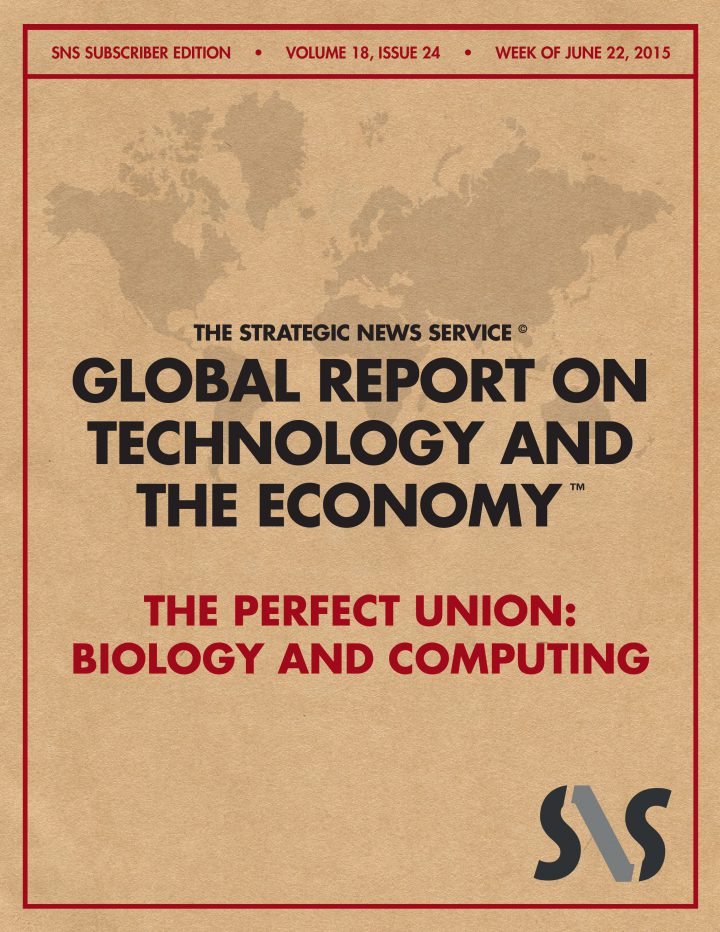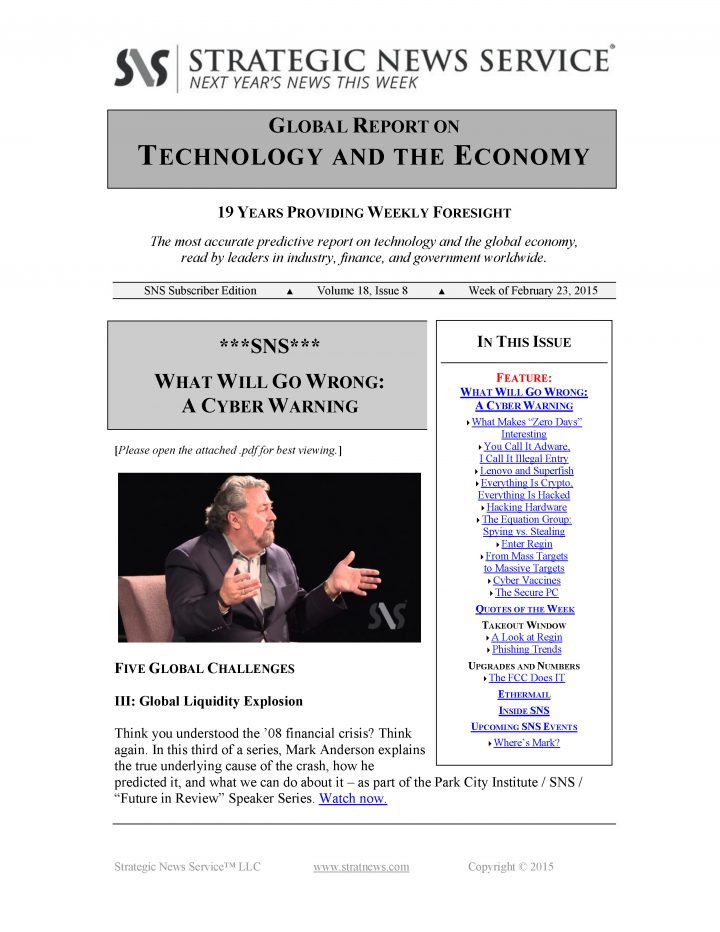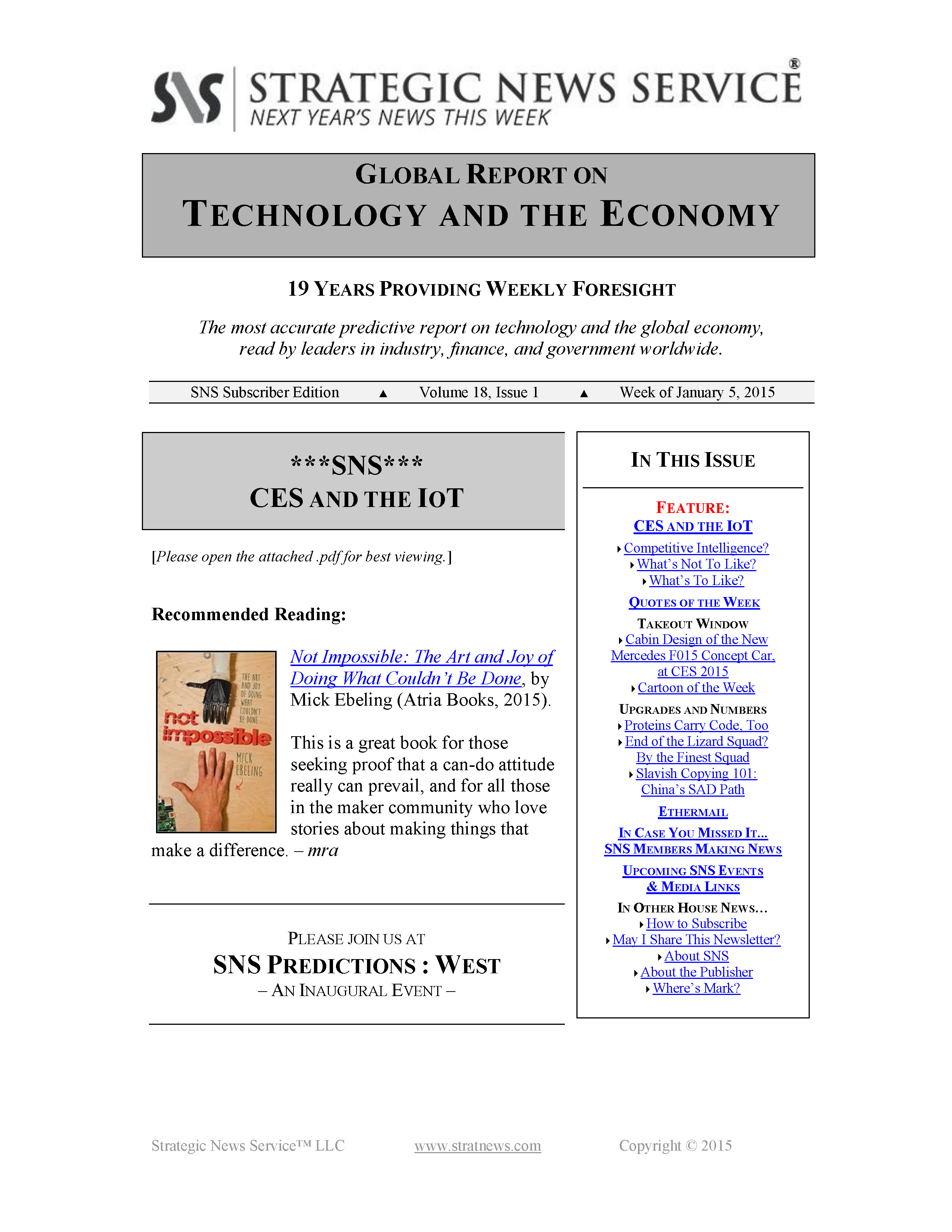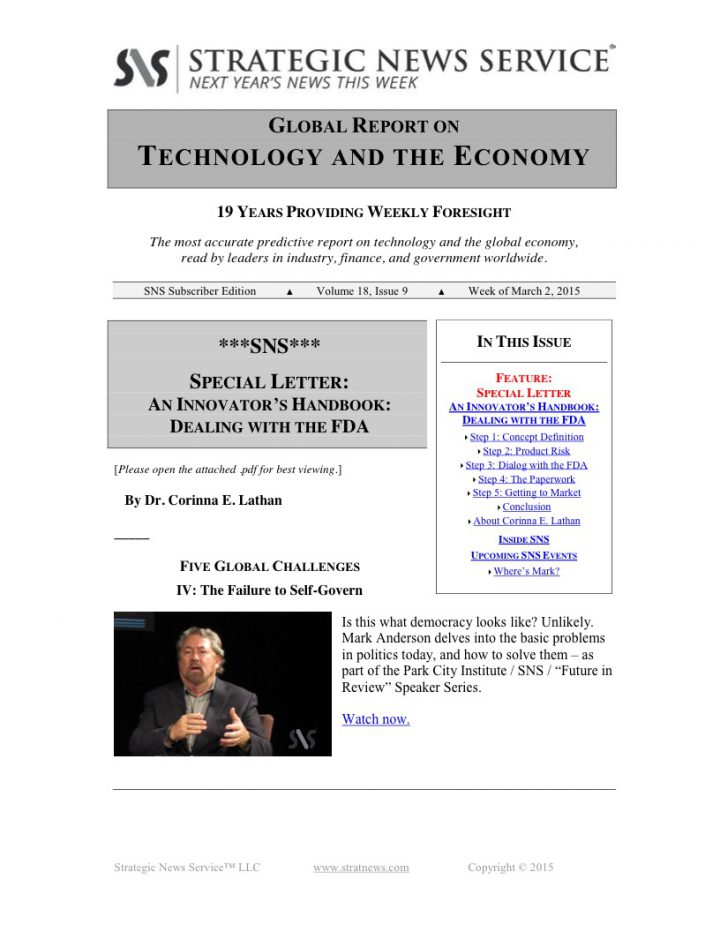In This Issue
Vol. 25 Issue 36
Asia Letter, Q4 2020: Japan After Abe
- Hayabusa2’s Next Mission: Planetary Defense
- SUGA Yoshihide: Japan’s New Prime Minister
- The Chinese Security Threat to Japan
- The American Security Threat to Asia
- Chinese Mobile Payments
- Clues from Alibaba
- China’s Growing Trade in Services
- Design Out
- Stalin on Lenin and American Efficiency
- Xi on Lenin and Stalin
- Xi on Science
- China Rocks
- America Sets the Agenda for “Made in China”
- Export Controls on SMIC
- About Scott Foster
—
Hayabusa2’s Next Mission: Planetary Defense
Japan’s Hayabusa2 re-entry capsule carrying samples from the asteroid Ryugu is scheduled to land in Australia on December 6. The Hayabusa2 spacecraft will then swing by Earth and head for asteroid 1998KY26, arriving in July 2031, if everything goes according to plan.
Discovered in 1998 at Kitt Peak National Observatory when it passed by Earth at a distance of about 800,000 kilometers (2.1x farther away than the moon), 1998KY26 is a much smaller and more difficult target for exploration than Ryugu. Only 30 meters in diameter (vs. Ryugu’s 900 meters), it rotates every 10.7 minutes (vs. Ryugu’s seven hours). This is fast enough that the centrifugal force exceeds gravity on the surface, indicating that it is a solid body, not a conglomeration of sand and rocks. Radar and optical data indicate that it is potentially metallic with a substantial water content. It frequently travels on a path similar to the optimum Earth-Mars transfer orbit.
According to the Japan Aerospace Exploration Agency (JAXA), Hayabusa2’s new mission aims to: 1) advance long-term navigation technology within the solar system; 2) make the first approach to a fast, rotating, small asteroid; and 3) acquire technology that can be used to prevent disasters caused by celestial objects colliding with Earth (“Planetary Defense”).
This technology also has applications closer to home. Paul Kallender, senior researcher at Keio Research Institute at SFC, notes that “Hayabusa is a technology tester for two areas, autonomous and directed maneuvers (co-orbital ASAT tech) [anti-satellite weapons] and ballistic re-entry tech.” Dr. Kallender is co-author of In Defense of Japan: From the Market to the Military in Space Policy.
Additional information
| Topics |
|---|
SKU: SNS-2020-09-29 - Need Help? Contact Us Leave Feedback
Categories: 2020 Issues, Back Issues
Tag: PDF Download

